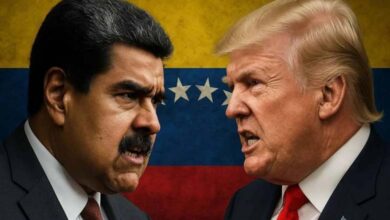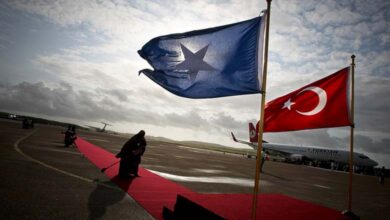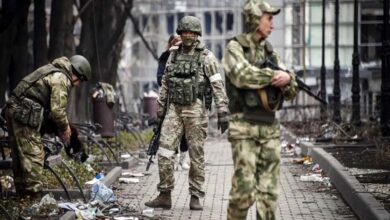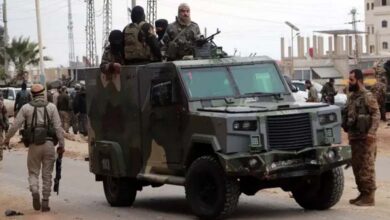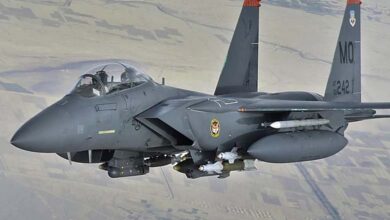The Muslim Brotherhood’s Control Over Syria’s Opposition Through Fictitious Entities
How did the Muslim Brotherhood gain control over the opposition in Syria through fictitious entities?
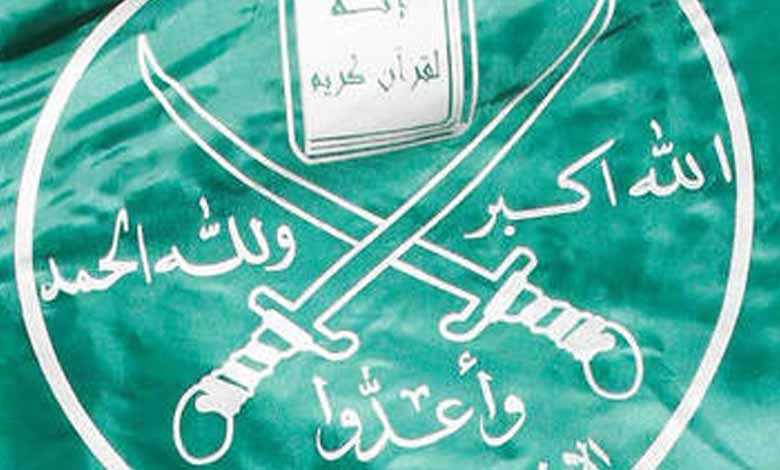
The terrorist Muslim Brotherhood is currently facing one of the most challenging situations since its inception about 95 years ago. The group is experiencing a sharp decline within Arab countries, losing its influence across the Middle East except in two countries, Yemen and Syria.
Syria has been enduring a war for over a decade, during which the Muslim Brotherhood seized control of the Syrian opposition and terrorist movements to serve its own interests. However, after the collapse of terrorist movements like ISIS and Al-Qaeda, and the Brotherhood’s loss of its bases in Arab countries, it now seeks to control the opposition bases in Syria.
The Muslim Brotherhood and the Beginning of the Syrian Revolution
In Syria, the Muslim Brotherhood controls and manipulates the political bodies of the opposition that represent and negotiate on behalf of the revolution since its start in 2011. It began with the Syrian National Council and then the National Coalition for Syrian Revolutionary and Opposition Forces. The former General Observer of the Syrian Muslim Brotherhood, Mohammed Hikmat Walid, mentioned the sacrifices the Brotherhood made in the revolution and how they stepped back from leading roles.
Walid claimed, “Our official policy, in fact, aligns with the national situation, even within the scope of the Syrian opposition.” He added, “We participated and continue to participate, but we chose to be in the second row and not the first, deliberately, to spare the revolution many of the difficulties we face as a group. We don’t want the revolution to carry the hardships that we, as a group, face.”
The Muslim Brotherhood’s Control Over Opposition Bases in Syria
Insider sources have revealed that the Syrian opposition initially succeeded in attracting the Brotherhood as a faction known for its organization and financial influence. The Brotherhood had a significant presence in Europe and abroad, and they were spread through various organizations with changing names, which they would interchange and merge.
The sources added that the Brotherhood divided the opposition into multiple coalitions, including the National Union of Free Syrian Students, the League of Scholars of the Levant, the Independent Islamic Democratic Current, the League of Syrian Scholars, and the Union of Civil Society Organizations, a bloc consisting of 40 groups affiliated with the Brotherhood.
The Brotherhood made sure to place its elements in most organizations, associations, bodies, and unions as a form of infiltrating Syrian society. They reinforced it with entities that support the Muslim Brotherhood’s vision and embrace their ideas through hidden subordination, rather than direct affiliation. This strategy has become more pronounced after the Arab popular disillusionment with the Muslim Brotherhood.
The sources continued that the Muslim Brotherhood adeptly controlled the components of the Syrian National Coalition through deception and misleading for over a decade until now. They did this by naming virtual entities without any basis or organizational structure, and then distributing their affiliates, supporters, and contractees over these entities until eventually gaining complete control over the opposition.


